
Thanks to her sister's proper first aid, patient NVA was saved, leaving no sequelae.
The patient's sister (11 years old) recounted: That day, while her siblings were playing, A slipped and fell into the pond. The two sisters on the shore knew how to swim, so they quickly jumped in to pull her up. From the time she drowned until they were pulled up, it was only about 2 minutes. When she was carried to the shore, she was unconscious, her body was purple and limp. A's sister put her ear to her chest and listened to her heart and felt it was still beating but very weakly. She touched her nose and felt her breathing was also very weak. With the first aid knowledge for drowning people provided by the school and watched on TV, she gave her CPR and chest compressions and felt a little water come out. After two CPRs, she said, "Help" (but very softly), so she continued to press. After a long time, she opened her eyes and looked at me. While I was giving her CPR and chest compressions, she told everyone to go call for help.
MSc. Dr. Nguyen Huu Hieu, Pediatric Center (Bach Mai Hospital) said: The child was given emergency treatment at the Agricultural Hospital, conscious, slightly purple, given oxygen, and diuretics due to acute pulmonary edema. About 3-4 hours later, the patient had difficulty breathing, a high fever, and blood oxygen dropped to about 80-85%. The patient was intubated and had a balloon pumped through the endotracheal tube and transferred to the Pediatric Center (Bach Mai Hospital) at the 6th hour (from the time of drowning). Immediately, the child was given emergency treatment with all the efforts of the doctors and nurses. After about a day, the patient's condition improved. The ventilator index was low, blood oxygen was good, and the ventilator was removed. “Fortunately, the girl’s initial first aid treatment was very reasonable, using the knowledge and skills learned at school and on television when saving drowning people. If the child was not given proper first aid, after about 5 minutes, she could stop breathing, stop her heart, leading to serious sequelae or death,” Dr. Hieu emphasized.
According to doctors, when rescuing a drowning patient, first of all, it is necessary to assess the scene, and make sure it is safe to jump into the water to save the victim. If you cannot swim, call for help or use a long stick to pull the victim to shore. After rescuing them from the water, it is necessary to assess the airway, heart, and lungs by pressing on the patient's nose, mouth, and chest to see if they are still breathing, and listen to see if the heart is beating. If the patient stops breathing, has a cardiac arrest, or is cyanotic, then we must immediately perform CPR and mouth-to-mouth resuscitation. With an external assessment, we can perform CPR and mouth-to-mouth resuscitation in a ratio of 30/2 (cPR 30 times, mouth-to-mouth resuscitation 2 times). After about 4-5 times, we re-evaluate whether the patient is breathing and has a heart. If not, we need to continue CPR and mouth-to-mouth resuscitation until help arrives.
Doctors also note that the patient should not be turned upside down and run, because when turned upside down, it is easy for the patient to reflux into the airway. If there is respiratory failure, the patient's condition may worsen. When performing emergency treatment, place the patient on a hard surface, in a safe side-lying position, with the neck tilted back to clear the airway. Make sure to treat the patient on the spot first, and then transfer the patient after stabilization. If the patient is in respiratory or cardiac arrest and is transferred immediately, it will certainly leave serious sequelae or death.
VIET THANH
Source








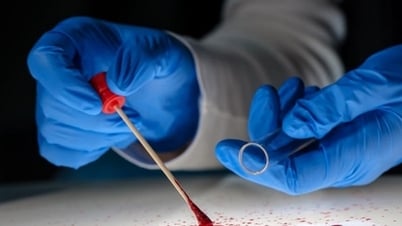

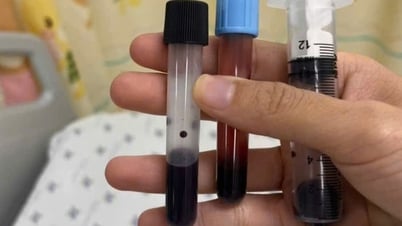

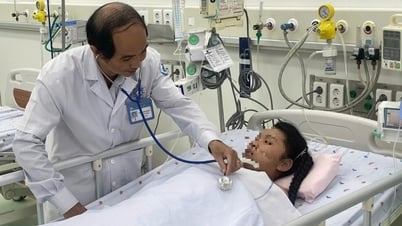









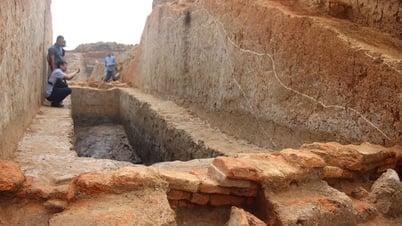
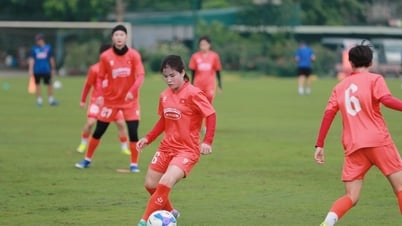




















































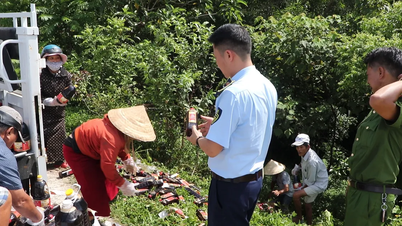




















Comment (0)